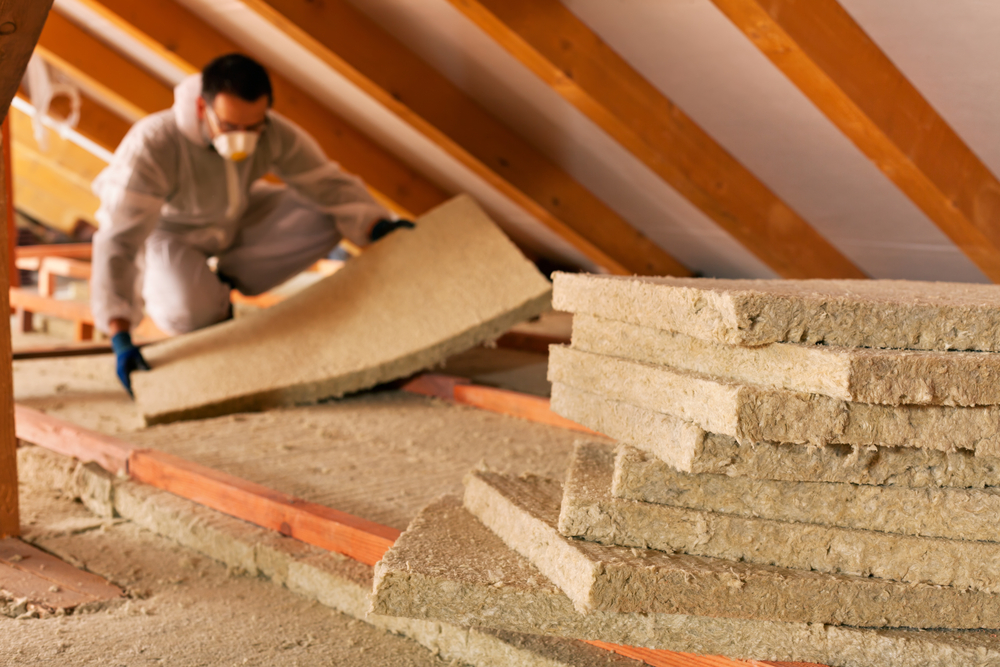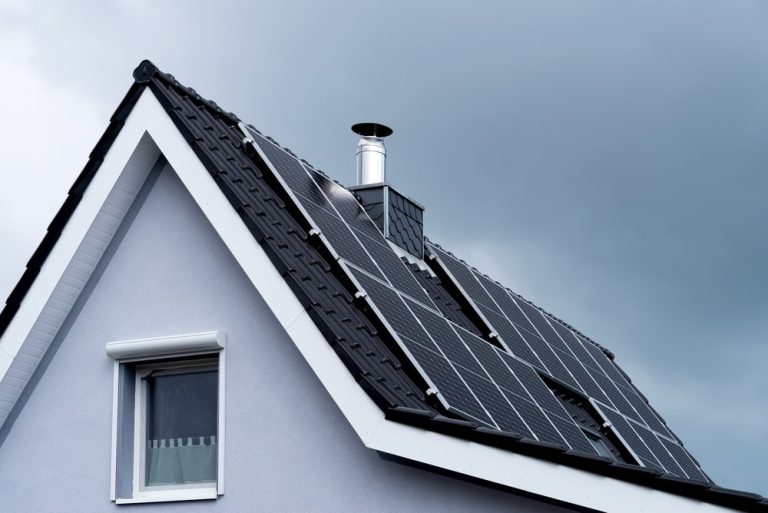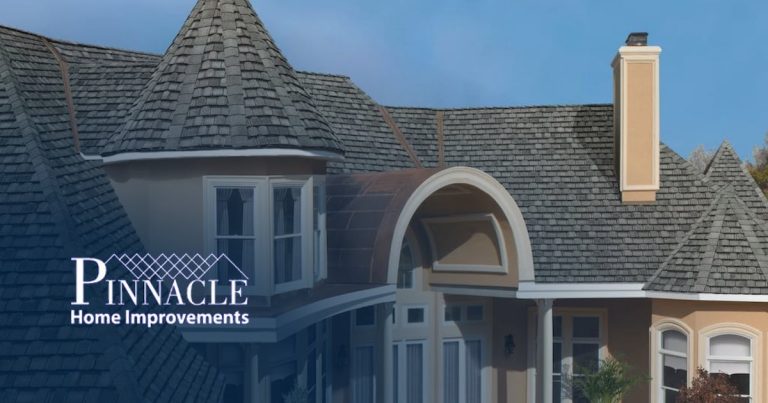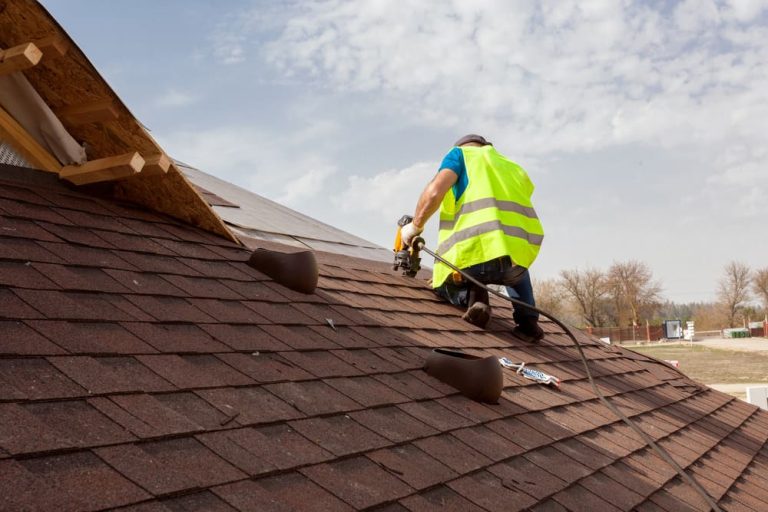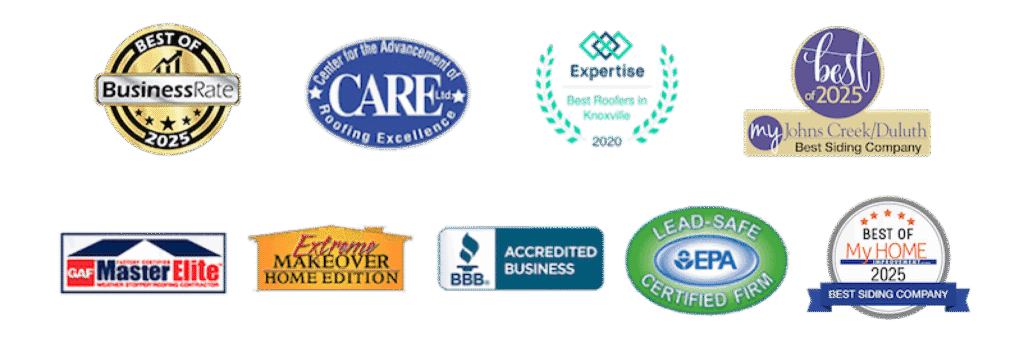Spray foam insulation has become a popular choice for homeowners looking to enhance the energy efficiency of their homes. Recognized for its ability to seal nooks and crannies, this insulation option outperforms many traditional materials, preventing air leaks that can drive up energy costs. The cost of installing spray foam insulation can vary widely, depending on a range of factors including the type of spray foam used, the thickness applied, and the area of coverage.
Pinnacle Home Improvements stands as a reputable provider committed to delivering energy-efficient home solutions. Their experience in the industry ensures that clients receive a clear understanding of the benefits and costs associated with spray foam insulation. Pinnacle’s approach addresses individual needs, offering a tailored experience for each homeowner.
Understanding the costs involved is essential for making an informed decision. The initial investment in spray foam insulation may be higher compared to other options, but the long-term energy savings can offset these upfront costs. It is important to consider the quality of the materials and the expertise of the installers, as these can significantly impact the insulation’s performance and lifespan.
Understanding Spray Foam Insulation
Spray foam insulation is a highly effective solution for insulating buildings and offers notable benefits in energy efficiency. This section discusses its defining characteristics and the particular considerations for attic insulation.
Explanation of Spray Foam Insulation and Its Advantages
Spray foam insulation is a material used to insulate walls and spaces that can help in reducing the air infiltration and outflow, leading to better thermal regulation in a building. It is composed of two chemical components that, when mixed, expand to fill cavities and create a tight thermal barrier. There are two primary types: open-cell foam, which is softer and allows for some air movement, and closed-cell foam, which is denser and provides more substantial insulation.
- Advantages of Spray Foam Insulation:
- Energy Efficiency: It significantly reduces energy expenses by creating a seamless air barrier.
- Durability: Resistant to moisture and mold, thus retaining its insulating properties over time.
- Comfort: Enhances indoor comfort by reducing drafts and maintaining consistent temperatures.
Attic Insulation and Ventilation Considerations
Attic insulation and ventilation are crucial for maintaining a building’s structural integrity and indoor air quality. Spray foam insulation is particularly effective in attics where it can seal gaps and prevent heat transfer.
- Attic Insulation Benefits:
- Air Sealing: It acts as an air sealant, preventing warm or cool air from escaping.
- Temperature Regulation: Helps in maintaining a steady temperature throughout the year, reducing the load on heating and cooling systems.
- Ventilation Importance: Proper attic ventilation, even when using spray foam insulation, is essential. It prevents moisture buildup and associated issues like rot or mold.
Spray foam insulation positively impacts energy efficiency in buildings by providing superior thermal insulation, air sealing capabilities, and moisture resistance. When considering attic insulation, balancing the need for tight insulation with adequate ventilation is key for achieving optimal performance and longevity of the inner structure.
Cost Analysis
Understanding the cost of spray foam insulation involves examining various factors as well as comparing its cost-effectiveness with other insulation options. This section provides a detailed breakdown.
Factors Influencing Spray Foam Insulation Cost
The cost of spray foam insulation is not a flat rate and can vary widely. Crucial factors affecting the price include:
- Material Type: Open-cell foam typically costs between $0.35 to $0.55 per board foot while closed-cell foam ranges from $0.70 to $1.50 per board foot.
- Insulation Thickness: The thicker the application, the higher the cost due to increased material use and labor.
- Project Size: Larger areas will generally lower the cost per square foot due to economies of scale.
- Labor Costs: Depending on the complexity of the installation and the region, labor can significantly affect the overall price.
- Location: Prices may also vary based on market rates in different geographic areas.
Here’s a sample breakdown in list form:
- Open-cell foam insulation: $0.35 to $0.55/board foot
- Closed-cell foam insulation: $0.70 to $1.50/board foot
- Labor costs: Vary based on region
- Additional costs: For complex installations or additional prep work
Comparison of Cost-Effectiveness
- Initial Investment: Spray foam insulation is often more expensive upfront than traditional insulation materials such as fiberglass or cellulose.
- Energy Savings: Over time, spray foam insulation can lead to considerable energy savings, due to its superior R-value and air sealing properties.
- Longevity: It typically lasts longer than traditional insulation, potentially avoiding the need for replacement and additional costs over the life of the home.
To compare with other materials, consider R-values and typical lifespans:
| Insulation Type | Cost Per Square Foot | R-value Per Inch | Lifespan |
| Spray Foam (Closed-cell) | $0.70 – $1.50 | 6.0 – 7.0 | >20 years |
| Spray Foam (Open-cell) | $0.35 – $0.55 | 3.5 – 4.0 | >20 years |
| Fiberglass | $0.10 – $0.40 | 2.2 – 4.0 | 10-25 years |
| Cellulose | $0.30 – $0.50 | 3.2 – 3.8 | 20-30 years |
The table above demonstrates that while the initial investment for spray foam is higher, the energy efficiency and longevity may offset the initial costs compared to other insulation types.
Installation Insights
When choosing spray foam insulation, the expertise of the roofers is crucial, and the experiences of past customers are insightful resources.
Pricing and Financing
When considering the costs of spray foam insulation, it’s vital to understand that financial options are available, and industry pricing can vary.
Overview of Insulation Project Financing
Financing for spray foam insulation projects offers flexibility for homeowners. Many companies provide loan options, credit lines, or payment plans to make insulation upgrades more accessible. Customers might encounter financing choices like unsecured personal loans, home equity loans, or specialized credit programs that focus on energy efficiency improvements.
- Personal Loans: These are typically unsecured and based on the borrower’s creditworthiness.
- Home Equity Loans: These use the home’s equity as collateral and often have lower interest rates.
- Credit Programs: Specially designed for energy-saving improvements, sometimes offering reduced rates.
Industry Pricing Comparison
Spray foam insulation pricing depends on several factors such as the type of foam (open or closed-cell), the size of the area to be insulated, and location.
Industry Average:
- Open-cell foam: $0.35 to $0.55 per board foot
- Closed-cell foam: $1.00 to $2.00 per board foot
Pinnacle Home Improvements’ pricing is competitive and often falls within the standard industry range. It’s important to note that while their prices might slightly surpass average rates for open-cell foam, they generally offer more affordable options for closed-cell foam insulation. Customers should consider the long-term savings in energy bills against the initial investment to determine the true cost-benefit of installing spray foam insulation.
Additional Resources
When seeking detailed information on spray foam insulation cost, it’s beneficial to consult a variety of resources. These can provide clarity on pricing and services available in the market.
FAQs on Spray Foam Insulation
Q: How does the cost of spray foam insulation compare to traditional insulation?
- The cost of spray foam insulation typically exceeds that of traditional insulation materials like fiberglass or cellulose. However, its higher R-value and air-sealing capabilities can lead to long-term savings on energy bills.
Q: What factors influence the cost of spray foam insulation?
- Several factors affect the price, including the type of foam (open-cell vs. closed-cell), the thickness of the application, the size of the space to be insulated, and the location of the property.

